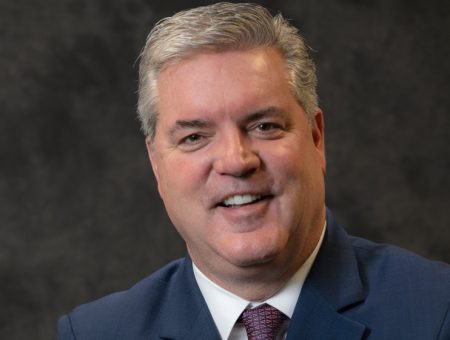
Utility Ownership is Not a Shortcut for Affordable and Reliable Energy – It is a Detour
Recently, there has been a shift in discussions regarding the state’s energy strategy with affordability and reliability being primary concerns for policymakers. The direction chosen for New York’s energy future will influence costs, and impact private investment and innovation.
Governor Kathy Hochul emphasizes affordability and reliability concerns. Further, the governor can ensure that ratepayers are protected by avoiding the failed concept of utility-owned power generation.
The entire reason for the shift to a competitive electric model 25 years ago was to relieve consumers of unnecessary cost overruns, bad decisions, and eliminate an electric system controlled by utilities. The progress and benefits of private sector investment are no accidents. It’s the result of two and a half decades of smart energy policy that prioritized competition and innovation.
A recent report from FTI Consulting, commissioned by the Affordable Clean Power Alliance (ACPA), reinforces a key truth: competition works. Independent power producers have saved New Yorkers money, reducing electricity supply costs by over 35%. Consequently, electric supply costs constitute one-third of the average electric bill, whereas costs related to utilities’ transmission and distribution facilities have increased.
Additionally, the study documents a rapid decline in emissions, thanks to the private sector, and that New York emits less than half the carbon dioxide compared to other regions where utilities own power plants. FTI’s findings also indicate that competitive generation projects support thousands of long-term jobs across the state and generate over $1.5 billion in annual state and local tax revenues.
That is why I am raising the alarm on proposals in the state’s latest climate roadmap that suggest utilities could once again own and develop generation.
Let’s be clear: the notion that utilities can develop, permit, and construct projects at lower costs or any quicker than private developers is simply untrue. Utilities adhere to the same siting, permitting, and interconnection regulations as independent power producers; however, utilities recover their cost overruns from ratepayers, unlike private developers. FTI’s analysis shows that utility-owned energy projects in other states have exceeded budgets by up to 40%. If utilities were authorized to develop and own power generation facilities in New York, these costs would be borne by ratepayers rather than private developers. That’s not just inefficient—it’s unfair for New York consumers.
The ACPA, a coalition of leading clean energy associations including ACE NY, IPPNY, Advanced Energy United, NY-BEST, NYSEIA, and SEIA, aims to protect ratepayers by defending the competitive model that works. From renewable projects in upstate communities to energy storage facilities in downstate urban centers, ACPA members are actively developing and deploying energy projects across the state, taking on the risks themselves and delivering results at scale.
The state’s energy challenges are real, but the solution is not rolling back a model that works. Allowing utilities to reenter the generation business directly contradicts state policy, overlooks historical issues, and jeopardizes progress toward the state’s decarbonization targets. Instead, protecting ratepayers and empowering private developers to keep the electric grid affordable and reliable is the correct approach.
Private investment, ingenuity, and competition have always been efficient methods to achieve energy goals. Ratepayers do not need to be on the hook again as we continue to advance new projects, lower air emissions, and maintain a reliable electric grid. There is ample private sector interest in developing and building the requisite energy infrastructure for New York’s future. What is needed now is policy clarity and continued commitment to competition.
Let’s protect what works for New Yorkers.
Read the FTI report and learn more at www.nyacpa.org.
Gavin J. Donohue is the President and CEO of the Independent Power Producers of New York, an Albany-based trade association. He is also a member of the New York State Climate Action Council. Prior to IPPNY, Donohue was the former Executive Deputy Commissioner of the New York State Department of Environmental Conservation.
*sponsored content*

